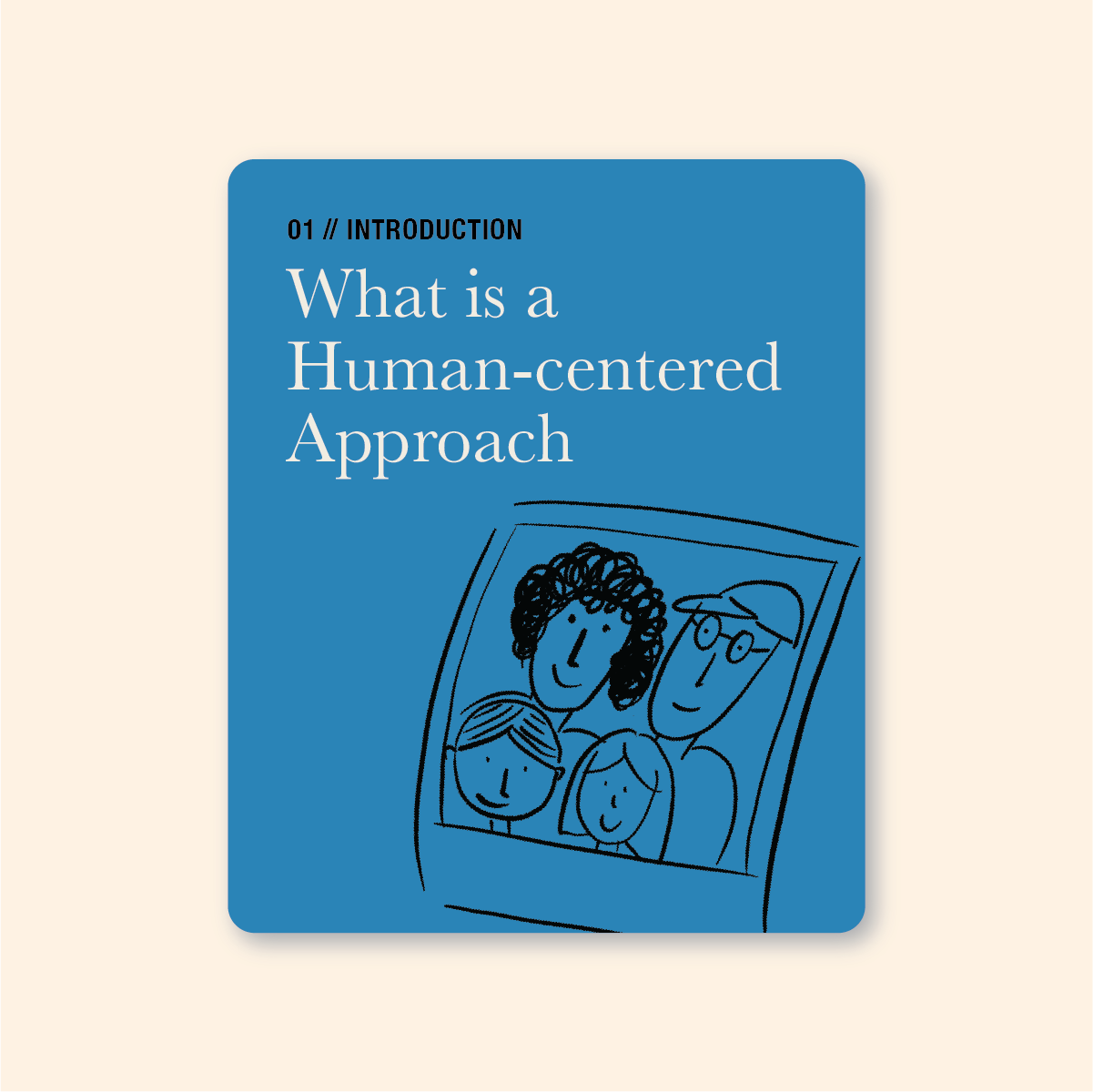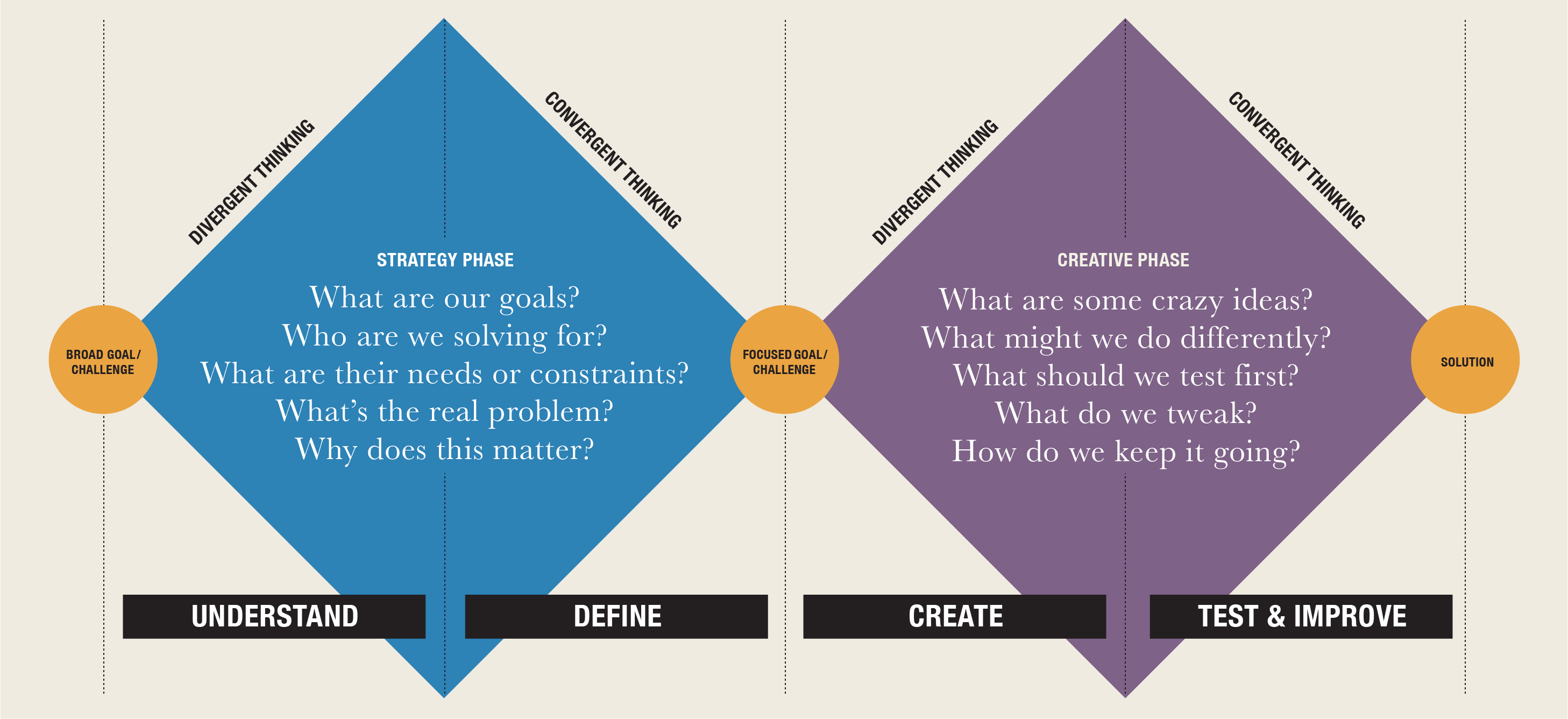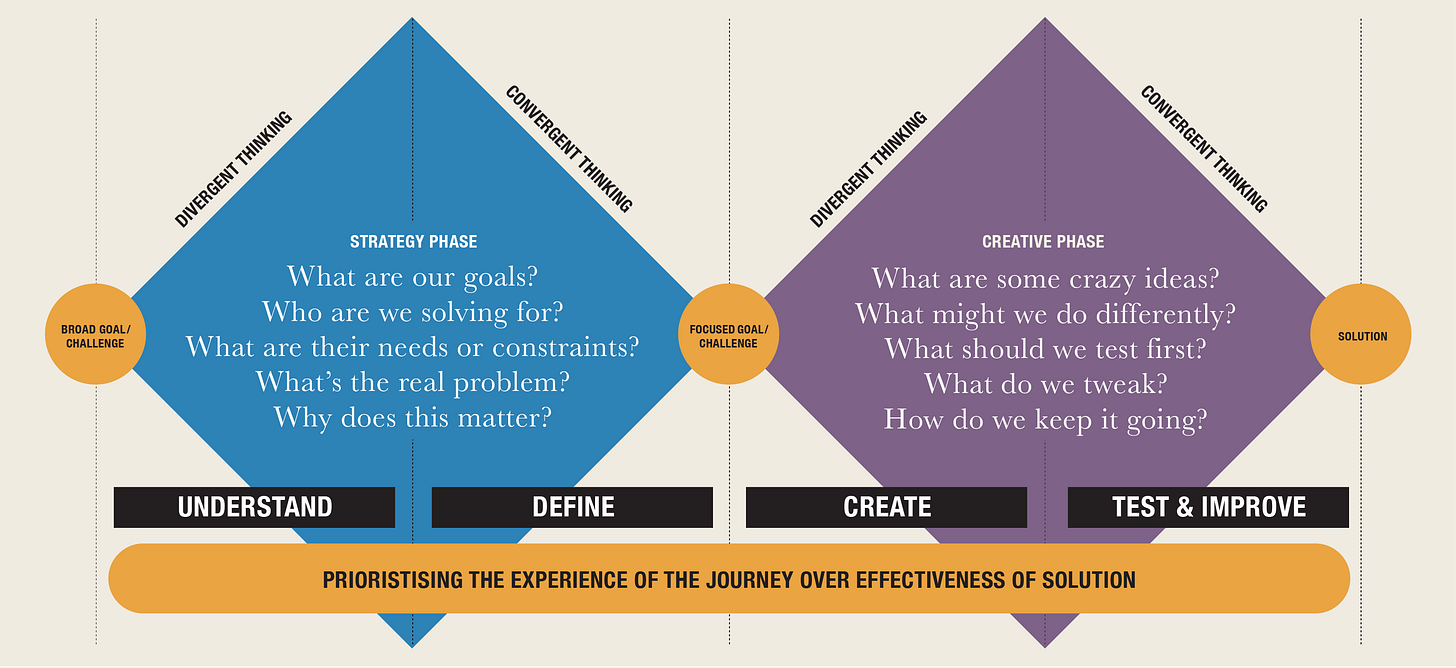What is Human-Centered Design? Explained for Families
Learn how this proven design thinking approach works and how families can begin applying it at home.
A Holistic Approach
Human-centered design can be understood through four lenses:
People-centered: Focuses on people’s needs and lived experiences
Solving the right problems: Looking beyond symptoms to root causes
Seeing things as a system: Recognising how things are interconnected
Small & simple interventions: Testing, iterating and improving
The combination of these show why human-centered design is both art and science. It blends empathy and creativity (art) with behavioural science, data, and systems thinking (science)
At home, this means:
Keeping everyone’s needs and experiences at the center, including our own.
Pausing to uncover real issues behind behaviours, not just patching symptoms.
Seeing how routines, emotions and daily habits connect and contribute to the family system.
Taking actions to move forward, testing, experimenting and having fun as we go.
Human-centered design is both art and science. It balances empathy, creativity, behavioural science and systems thinking.
The Process: The Double Diamond of Human-Centred Design
Designers often use the Double Diamond as a way to visualise the move from broad challenge to solution. Below is a version adapted for families. It breaks the journey into four phases:
Understand: Learn about the people and the context around the challenge or goal.
Define: Get clear about learnings, uncover root causes, identify focused challenge(s).
Create: Come up with lots of ideas and possibilities before deciding what to try.
Test & Improve: Experiment with solutions that fit your unique context, learn and adjust along the way.
The first diamond invites us to understand before acting. It encourages us to explore different perspectives to know the people and the context, then focus on areas within our control that truly needs attention. The second diamond invites us to imagine and make. It encourages us to go wide with possibilities, then bring it back to what we can test and learn.
The process is often shown as a neat, linear journey from the first diamond to the second. In reality, it’s often non-linear. Designers often move back and forth, revisit earlier steps or jump ahead when new discoveries emerge. At home, this flexibility matters even more important. What matters is staying aware of where you are and knowing what each phase can offer. With practice over time, the connections between them become clear, forming a cohesive loop that helps you see how everything fits together.
The process is also supported by tools, methods and mindsets. And these are what we are working on building here, so you experiment and choose what fits the context. With a few simple practices, we can potentially shift the dynamics at home in meaningful ways.
Families often jump straight from problem to solution, focusing on quick fixes. Looking at challenges through the Double Diamond helps us pause, step back, and better understand what’s driving the situation before reacting.
Two Ways Families Can Start to Apply This at Home
The two ways are closey connected and naturally feed into each other. Over time, this way of working will begin to weave into your family culture without you even noticing.
As an approach to practice collaborative problem-solving skills
Families can use this as a practical process to tackle everyday challenges, like managing sibling conflicts or working toward a shared goal like shaping a family culture that reflects their values. It offers a structured way to think together, make decisions together and learn together.As an approach to strengthen and build connection
If the connection at home feels distant, use this approach to focus on the journey rather than the outcome of the solution. The priority is not to fix the specific problem but to use the problem as opportunities to connect through collaboration.
For example, when a child refuses to do homework, the goal is not to force compliance but to understand what’s behind the resistance. Explore what makes it hard together with them, involve your child in finding ways to make it easier or more meaningful, and try those ideas together, with parent playing an active support role. The solutions may not be perfect, but through the process your child feels seen and understood. And that connection often eases the struggle.
Both approaches work hand in hand. The art lies in staying intentional about when to build skills and when to strengthen connection, because one cannot grow without the other.
Key Takeaways:
Human-centered design is holistic. It blends art (empathy, creativity) with science (behavioral insights, systems thinking).
The Double Diamond gives structure. Four phases — Discover, Define, Develop, Deliver — guide families from understanding problems to testing solutions.
It’s flexible, not rigid. You can enter at any phase as long as you stay aware of where you are and what’s missing.
Each phase is supported. Tools, methods, and mindsets (shared in the Toolkit) help families put design into practice.
Two ways to apply it at home: as a collaborative problem-solving approach to everyday challenges and as a journey to strengthen connection. Know when to switch between the two.





